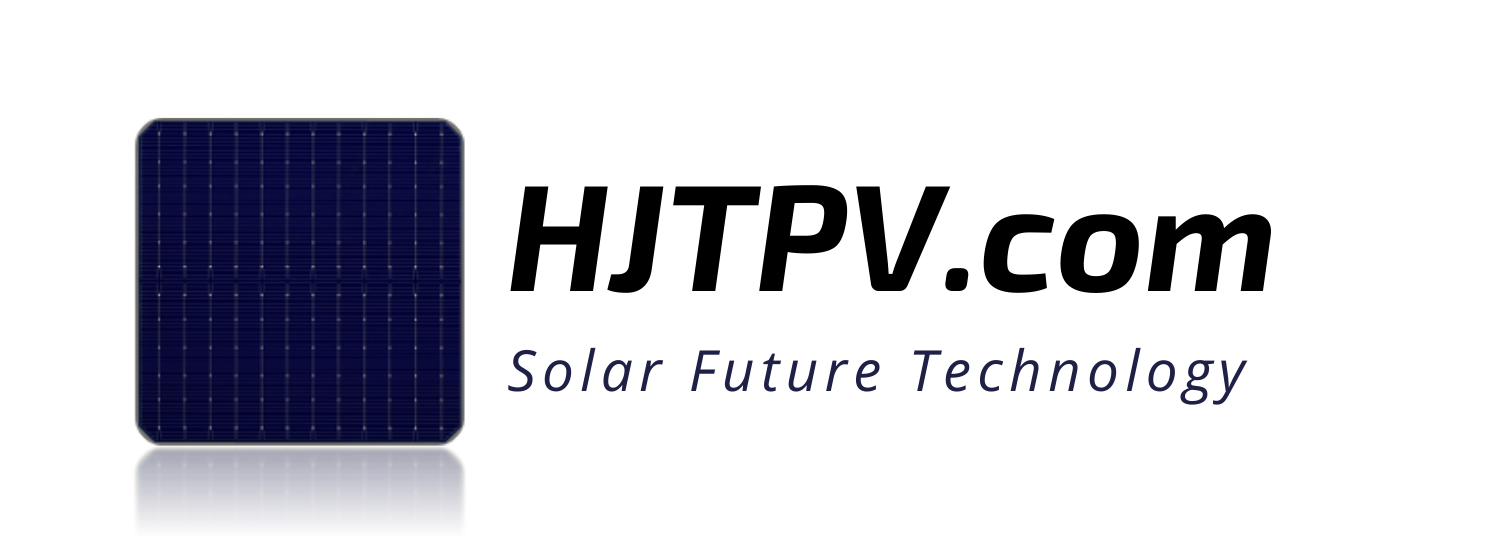- HJTPV.com
- HJT Technology
- HJT Producers
- HJT Solar Panels
- HJT Solar Panel Mysolar Gold 740W
- HJT Solar Panel Mysolar Gold 640W
- HJT Solar Panel AEsolar COMET 720W
- HJT Solar Panel AESOLAR COMET 650W
- HJT Solar Panel Bi Chaser Akcome 120 Cells
- HJT Solar Panel HuaSun HS-B120DS
- HJT Solar Panel Jinergy JNHM120 Cells
- HJT Solar Panel Risen Hyper-ion
- HJT Solar Panel QW Solar Giwa5 730W
- HJT Solar Panel QW Solar Giwa5 640W
- HJT Solar Panel Risen RSM120
- Cleaning Robot
- HJT Solar CELLS
- News&Knowledge
- Contact
- HJTPV.com
- HJT Technology
- HJT Producers
- HJT Solar Panels
- HJT Solar Panel Mysolar Gold 740W
- HJT Solar Panel Mysolar Gold 640W
- HJT Solar Panel AEsolar COMET 720W
- HJT Solar Panel AESOLAR COMET 650W
- HJT Solar Panel Bi Chaser Akcome 120 Cells
- HJT Solar Panel HuaSun HS-B120DS
- HJT Solar Panel Jinergy JNHM120 Cells
- HJT Solar Panel Risen Hyper-ion
- HJT Solar Panel QW Solar Giwa5 730W
- HJT Solar Panel QW Solar Giwa5 640W
- HJT Solar Panel Risen RSM120
- Cleaning Robot
- HJT Solar CELLS
- News&Knowledge
- Contact
Part of HJT Technology
SMBB technology
On this Site You Will Read About
Explore the Experts
BusBar what is it?
A bus bar is a metallic strip or bar that is used to conduct electrical current within a power distribution system. It is typically made of copper or aluminum, which are good conductors of electricity and have a low resistance to electrical current.
Bus bars are commonly used in electrical panels, switchboards, and other power distribution systems to connect electrical loads to the main power source. They are also used to distribute power to multiple circuits or devices, providing a central point of connection for the electrical system.
Bus bars can come in various shapes and sizes, depending on the specific application and the amount of electrical current they need to handle. They can be flat or cylindrical and can be made with different thicknesses and widths to handle different levels of current.
In the context of photovoltaic (PV) technology, bus bars are used to connect the solar cells within a module, and then connect the modules to form a solar panel. The use of bus bars in PV modules has evolved over time, from a single bus bar to multiple bus bars (such as in MBB technology) to improve the module efficiency and performance.
How many BusBars?
The number of bus bars in a solar cell can vary depending on the specific design of the solar cell and the manufacturer producing it. However, in recent years, the industry standard for the number of bus bars in a solar cell has shifted from 9 to 12.
Traditionally, solar cells had 2 bus bars, one at the top and one at the bottom, to connect the cells in a module. However, the use of more bus bars, such as 9 or 12, has become more common in recent years. The additional bus bars provide more paths for the electrical current to flow, reducing the resistance and improving the efficiency of the solar cell.
The use of multiple bus bars (12/14/16/18/20) is widespread in the production of high-efficiency solar cells, such as HJT, TOPCon or PERC (Passivated Emitter Rear Contact) cells, which can have up to 16 bus bars. However, the exact number of bus bars can vary depending on the specific design and manufacturing process used by the solar cell manufacturer.
Explore the Experts
Multi BusBar what is it?
Multi-busbar (MBB) technology is another innovation in the photovoltaic (PV) market that has gained popularity in recent years. This technology involves using multiple thin copper or silver strips, known as “bus bars,” to connect the solar cells in a solar module.
Traditionally, solar modules have used a single bus bar to connect the cells, which can result in power losses due to shading or resistance in the connection. MBB technology, on the other hand, allows for more connections between the cells, reducing the resistance and increasing the amount of energy produced.
One of the key benefits of MBB technology is that it can result in higher module efficiency, which can lead to higher energy output and reduced costs. Additionally, the use of thin bus bars allows for more surface area on the solar cell to be exposed to sunlight, increasing the energy harvested from the sun.
MBB technology has become increasingly popular in the PV market, with several manufacturers incorporating this technology into their solar modules. However, as with SMBB technology, the initial capital investment required to implement this technology is higher compared to traditional manufacturing methods, which may limit its adoption by some manufacturers.
Explore the Experts
Super Multi BusBar (SMBB) what is it?
Super Multi BusBar (SMBB) solar cell technology is an advanced photovoltaic (PV) technology that involves using multiple thin copper or silver strips, known as “bus bars,” to connect the solar cells in a solar module. The SMBB technology is an evolution of the Multi BusBar (MBB) technology, which uses multiple bus bars to connect the cells in a solar module.
SMBB technology takes this concept further by using more bus bars, often 10 or more (Mysolar HJT has 16), to further reduce the resistance and improve the efficiency of the solar cell. The bus bars are typically arranged in a grid pattern on the front and back of the solar cell, creating a dense network of connections between the cells.
The use of multiple bus bars in SMBB technology provides several benefits, including:
Improved module efficiency: The dense network of bus bars reduces the resistance and improves the efficiency of the solar cell, resulting in higher energy output.
Better shading tolerance: The multiple bus bars provide more paths for the electrical current to flow, reducing the impact of shading on the solar cell.
Reduced hotspots: The reduced resistance and improved current flow also reduce the risk of hotspots, which can occur in areas of the cell with high resistance.
SMBB technology is relatively new and has not yet been widely adopted in the PV industry. However, some manufacturers have started to incorporate this technology into their solar modules, and it is expected to become more prevalent as the technology continues to evolve and improve.
The second meaning of SMBB is in PV.
SMBB technology, also known as “Super Mono Blade and Bar” technology, is a relatively new innovation in the photovoltaic (PV) market. This technology involves using a single large silicon wafer to produce a solar cell, rather than multiple smaller wafers. The large wafer is divided into sections using a laser, which creates “blades” and “bars” on the surface of the wafer.
The SMBB technology offers several advantages over traditional solar cell manufacturing processes. One of the key benefits is the reduction in material waste, as there is no need to trim small wafers or discard damaged ones. This can result in lower manufacturing costs and a more environmentally friendly process.
Additionally, SMBB technology can result in higher cell efficiency compared to traditional methods, as the larger wafer can produce more current. The design also reduces the distance between cells, which can increase the amount of energy produced per unit area.
As a result of these advantages, SMBB technology is gaining popularity in the PV market, and several manufacturers have started to adopt this technology. However, the initial capital investment required to implement this technology is higher compared to traditional manufacturing methods, which may limit its adoption by some manufacturers.
Explore the Experts
0 BusBar Technology (ZBB) what is it?
This is a new design for solar cell power conducting design. Instead of stripes as in MBB or SMBB technology, ZBB has very tiny wires for transferring energy into cells and between cells. The simple way explanation for ZBB is the smallest interconnection at the solar cell that is better for the performance and strength of cell.
Smart Wire for no BusBar
The key element of SmartWire is the copper wire composite film, which mainly consists of an electrically insulating optically transparent film, an adhesive layer on the film surface, and multiple parallel coppers wires (tabbing ribbons) coated and embedded within the adhesive layer. The copper wires are bonded to the surface of the film using the adhesive layer, and their surface protruded with a low-melting-point alloy coating from the adhesive layer.
The alloying of the film and grid is achieved through lamination. The copper wire composite film is connected to the solar cell, serially connecting the solar cells. It is then overlapped with the encapsulation film, backsheet, or glass, and a stable electrical connection is formed between the tabbing ribbons and the grid during the heating lamination process.
The copper wire composite film is laminated on the surfaces of adjacent solar cells to form a series connection. Compared to conventional solar cell packaging processes, the interconnection of the main grid solar cells is achieved by using a new type of stringer machine to lay the copper wire composite film on the front and back surfaces of two cells, enabling the series connection of adjacent cells. After the cells are interconnected, they are arranged and stacked, and under certain lamination temperatures and pressure, the copper wires and the solar cell grids are pressed together to form an ohmic contact.
0 Busbar solar cells and panels offer the following important benefits:
- Increased efficiency
The surface where busbar ribbons are located isn’t used for generating electricity. Removing the ribbons creates more space on each cell and increases panel efficiency.
The current half-cell module cells need to be spaced apart, which also takes up valuable space on the panel.
- Reduced shading
Busbar ribbons can also shade PV cells. In multi-busbar modules, round wires instead of flat, rectangular ribbons already reduce a substantial amount of shading. But with zero busbar technology, the shading is cut to zero.
- Reduced cost of materials
Busbar ribbons are usually flat strips or round wires made of silver- or tin-plated copper, although other, less common compositions exist.
Silver plating enhances conductivity on the front and reduces oxidation on the rear side. Zero busbar panels don’t require those metals, which can reduce the overall cost.
- Aesthetics
For residential and even for C&I the aesthetic of a solar panel is probably an important deciding factor for you.
0BB PV panels offer a new generation of stylish, all-black aesthetics. They look modern and more sophisticated than earlier models with busbars.
- Microcracks and hotspots lower the risk
The manifestation of micro-cracks in solar panels can occur at various stages of their transport or installation and throughout their entire life cycle. Thermal cycling, which involves changes in temperature during the day and night, is one of the main causes of micro-cracks after installation.
As the materials in the panel expand due to heat during warmer hours and contract during colder hours, the discrepancy in the rates at which different materials expand can lead to thermo-mechanical cracks under the busbars. The copper in busbars, for example, shrinks faster than the silicon, making it more susceptible to micro cracks. While these micro cracks may not always affect the efficiency of the modules, they can result in power output losses of up to 2.5%.
- Better Performance in Shade
Shading causes a significant problem for PV module efficiency. When an area on a solar panel is partly in shade, it affects the electrical conduction. So, not only is the shaded area unable to produce energy, but the conductivity of busbars is also reduced.
Busbar-less panels have reduced the distances current needs to travel, significantly improving efficiency in the shade.
Why solar panels with N-Type?
Best Performance
Highest Efficiency and power of solar panels
Long Warranty
30 years with only 0,4% annual degradation
inspiring technology
N-type Bifacial Cells cover in Glass glass frame
What N-Type Technology offer
N-Type Advantage
Zero LeTID&PID
Zero LID
Lowest Temperature Coefficient
Highest Average Efficiency >24%
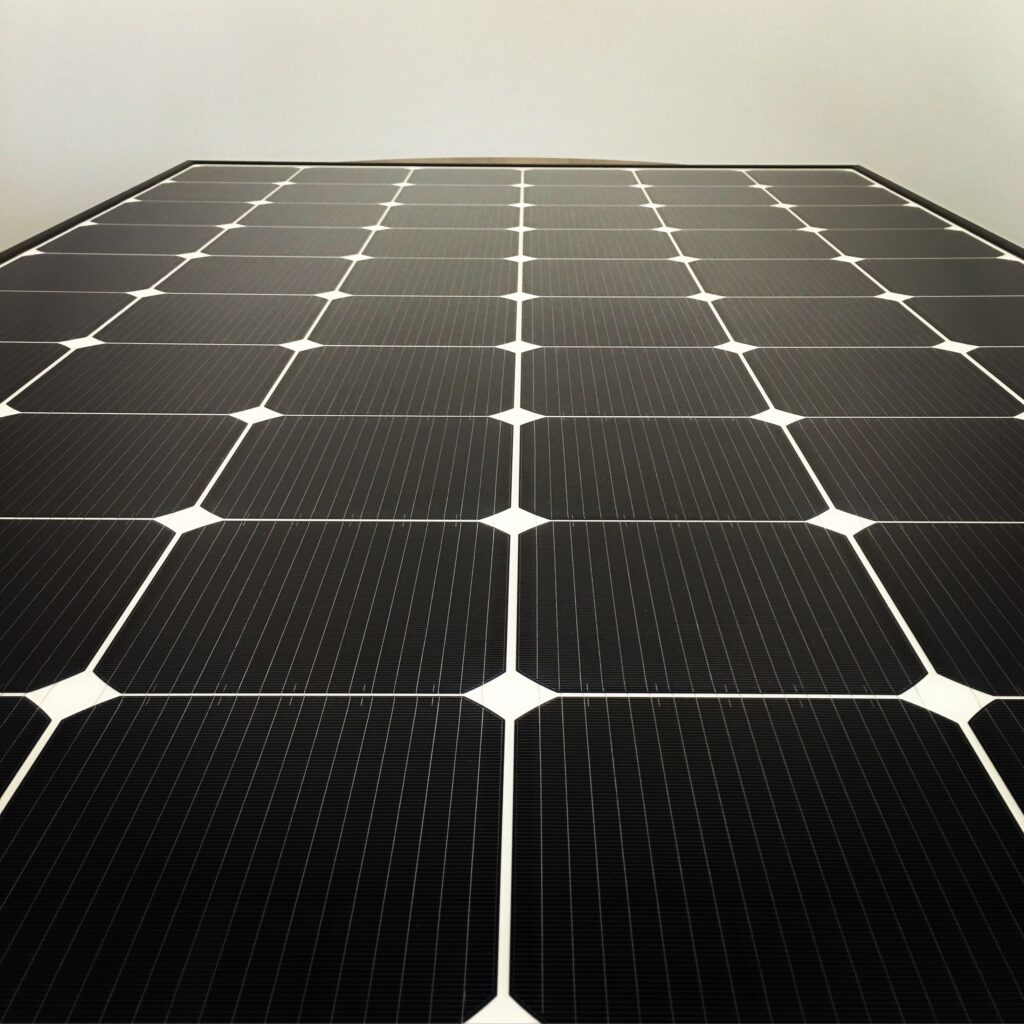
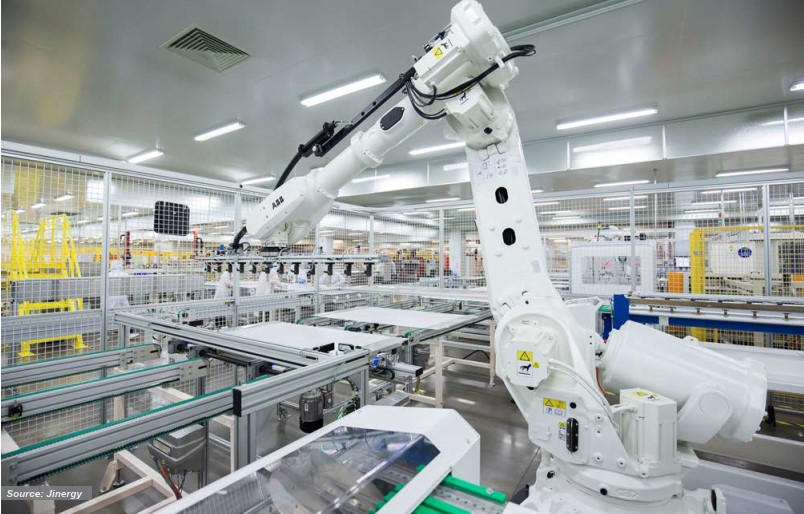

state-of-the-art Solar Solution
How is construct N-type CELL?
Differences Between HJT and PERC
Differences between HJT and N-Type and PERC Efficiency: The most powerful solar cells currently available on the market are N-type. The main reason for their excellent performance is their longer service life. The technology based on the N base is not susceptible to the so-called Boron-oxygen defect. In the production of Boron-enriched silicon, oxygen can reach a high concentration, and this oxygen creates a region of recombination, called the boron oxygen defect, which harms performance. When using phosphorus-enriched N-type solar cells, this effect does not occur. Moreover, N-type solar cells are less susceptible to metallic silicon contamination. For Jolywood (Ntopcon), Jinergy, AKCOME, and Risen (HJT) modules, this is also a very low annual power loss of a maximum of 1% in the first year and a very low drop of only 0.4% per annum over 30 years.
N-Type: Plus at the top and minus at the bottom
N-type solar cells are constructed the other way around, i.e. N-type silicon serves as the basis of the solar cell. Interestingly, the first solar cell produced by Bell Laboratories in 1954 was a back-contact N-type solar cell. Already in the first years, there was a rapid and significant increase in the efficiency of N-type cells. One for several reasons, gradually, the structure of the P-type cell took a leading role in the history of photovoltaics development. This happened because, in the early years of its development, solar technology was mainly used for space applications. Where the P-type structure has better resistance to radiation in space. Therefore, by directly transferring space solutions, the photovoltaic industry has developed and structured P-type technology.
Why choose HJT Panels?
N-Type Technology Profits
Why HJT Panels Are The Best?
Best Advantage of N-Type Solar Panels
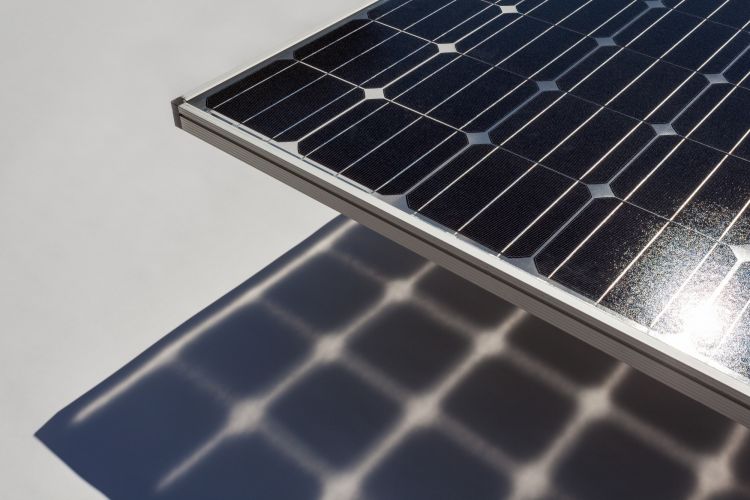
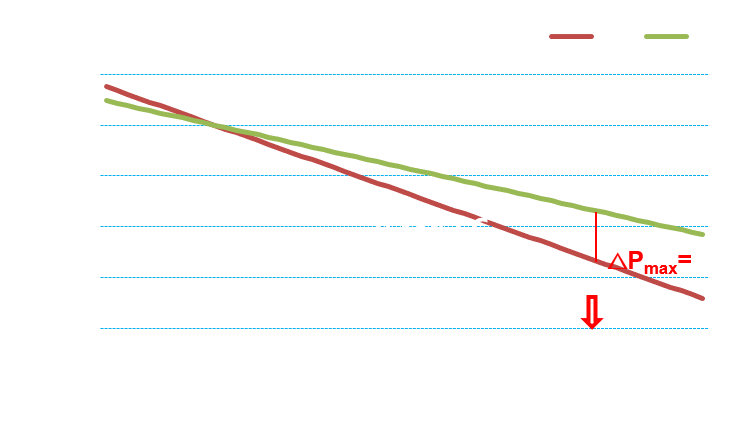

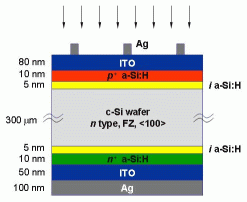
Explore the Experts
Best N-Type Producers
Risen
Jolywood
commit to HJT Solar Revolution
N-type Solar Panel- best Solution for Utility scale investitions?
Long warranty for power production >30 Years
Highest Efficiency >22,8%
Low Yearly degradation, only >0,25%
Best Bifiaciality efficiency >95%
Lowest Temperature Coefficient 0,24%-026%/°C
Very low modules failure risk factor

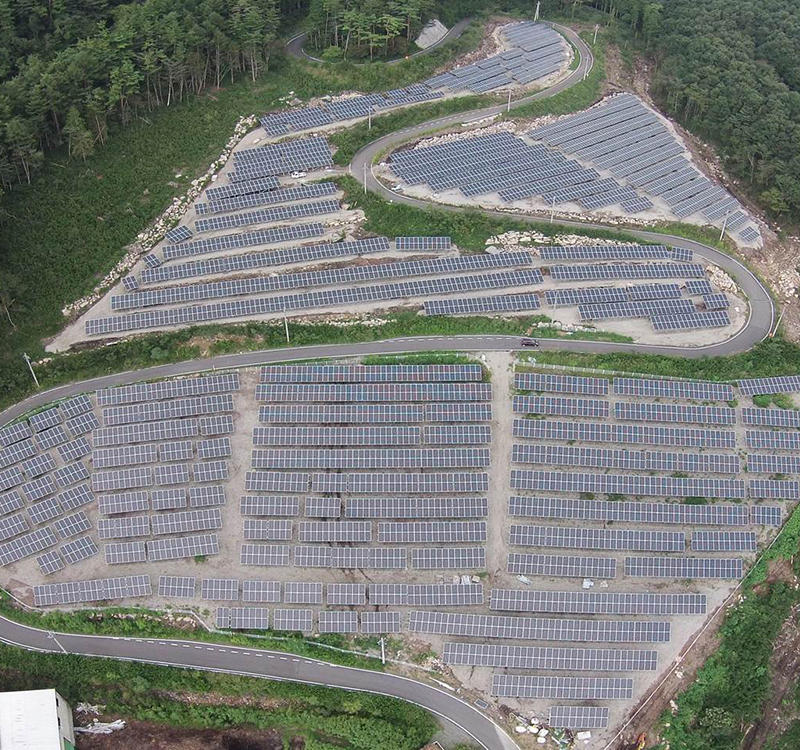
All You Need To Know About N-type Technology
frequently asked questions
HJT solar panels have the best efficiency in serial production. Scope of it is between 21%-22,53% with R&D plan even to 26%. N-type module has the best performance and most reliable characteristic resistance for most common fail from all over solar technology.
HJT with N-type technology solar Panels with 120 cells have a scope of power between 370W-390W and for 144 cells 425W – 470W. Newest standard 132 cells has standard 700W from Mysolar manufacturer. At the end of 2022 Power of HJT modules will achieve >500W, >600W and now >700W.
N-type technology ensures a long safe warranty for 30 years of production and 12 -30 years for a panel, depends on the producers. It’s more approx. 5 years than common PERC panels.
HJT solar panels with N-type cells are value for money solutions. Compare with standard backsheet modules, the price for Heterojunction is a little bit more. But compared with Bifacial, glass-glass solar panels, HJT is the best solution and has more advantages worth a few % higher price.
Higher power, bifaciality, efficient production under extreme conditions, combined with the world’s lowest degradation, no LID and PID effects and a double glass structure (GLASS-GLASS), allows you to generate significant savings over 30 years of use compared to PERC panels.
Glass is the best protection for the silicon cells that are the heart of the photovoltaic module. A cell is a unit that generates electricity, but it is made of a delicate material that needs to be reinforced and secured externally. For this purpose, we have a good ally in the form of solar glass, which, in addition to being transparent, is an electrical insulator.
HJT PV team is not only a trusted advisor but solar panels broker. We are helping Clients from all over the world connect to trusted and checked HJT producers. Direct cooperation ensures the best prices and fast delivery, to all destinations.
N-type Solar Panels Sales and distribution
EPC Cooperation
general contractor of photovoltaic investments
Distributor In Europe
Container and Mega Watt sales
Photovoltaic Broker
mediation in the purchase directly from the manufacturer

